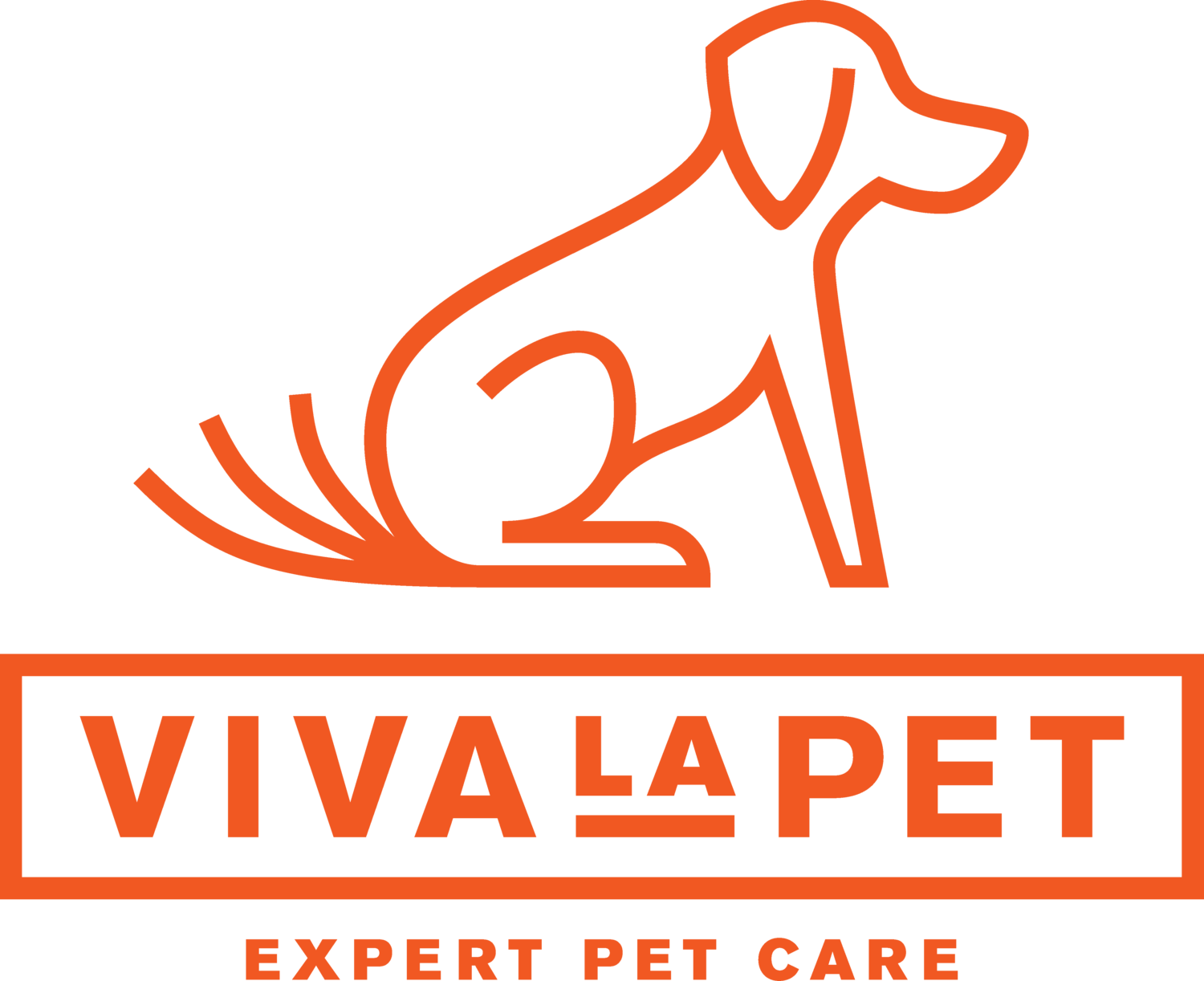First, you need to figure out why your dog is chewing. Are they lonely, under-exercised, teething, or have separation anxiety? Knowing why will help you figure out how to stop it.
Here are some places to start:
Every dog, regardless of their age, needs toys. A lot of toys and with great variety. Be sure the toys don't look like household items. Buying a puppy a toy that looks like a shoe (and they are out there) and then being angry when the pup chews a real shoe is your fault. Get puzzle toys, chew toys, soft toys, Kongs, balls, and tug toys. However, if there are tons of toys lying around, they may get bored with them. Take all away except 3 or 4 and rotate them out every few days to keep life interesting. Be sure they are size appropriate and if your dog is a strong chewer that they are tough toys to withstand their chompers.
If your pooch is a chewer, you'll need to chew-proof your home. Put shoes away, put books on a shelf, don't leave your eyeglasses on the coffee table, and tuck electrical cords behind furniture. When your dog picks something inappropriate to chew, don't punish them, instead redirect your best friend to a toy they can chew. Some people say "no" or make a buzzer sound like "ehh" to tell their dog he has chewed the wrong thing. This is a good strategy as long as you give your pooch something acceptable to chew and say "good dog" when they chew that toy. If you're consistent, it won't take long for Fido to get the hang of the rules. You might want to try a taste deterrent like Bitter Apple to help him learn. When you can't supervise your chewer, put them in a crate or a gated safe room, so they don't get into trouble.
Other things that help with chewing: plenty of mental and physical exercise, a lot of people time, and playtime with other dogs. Another strategy is to feed them their meals in puzzle type toys because this builds a toy obsession, so hopefully, they choose the toy over your new leather purse.
If your dog has other reasons for chewing, like separation anxiety, fear, or boredom, you will have to solve those issues to resolve the chewing problem. It might be best to talk to your vet, a trainer, or a dog behaviorist to come up with strategies to combat inappropriate chewing. We are happy to help with underexercised or bored dogs!
Keeping your stuff safe is just a matter of teaching your pooch good habits, and doing this will strengthen your bond with your dog.









